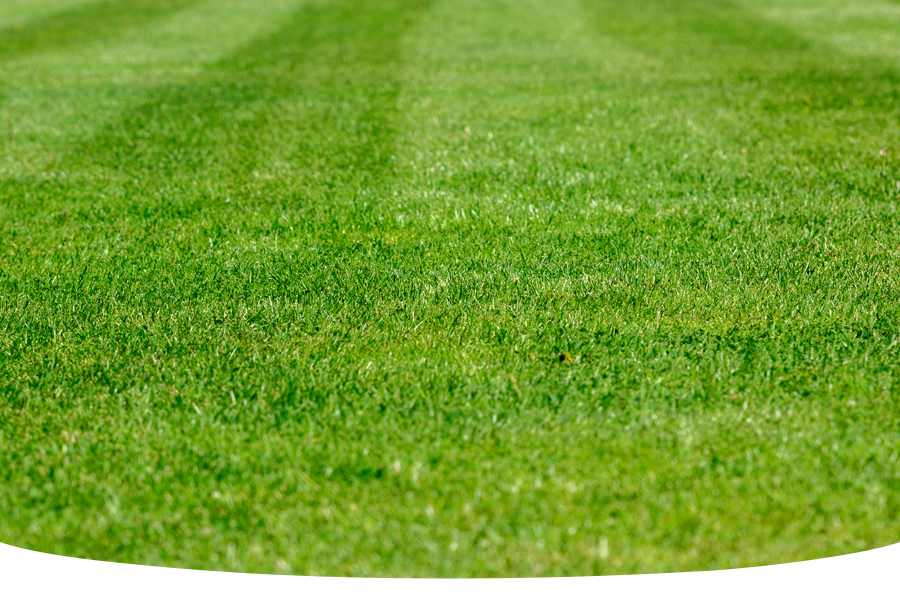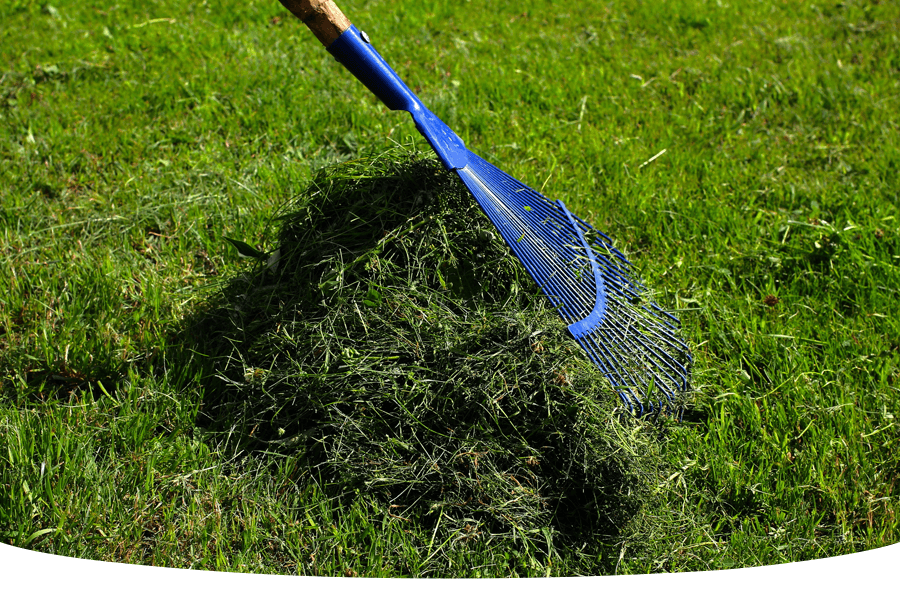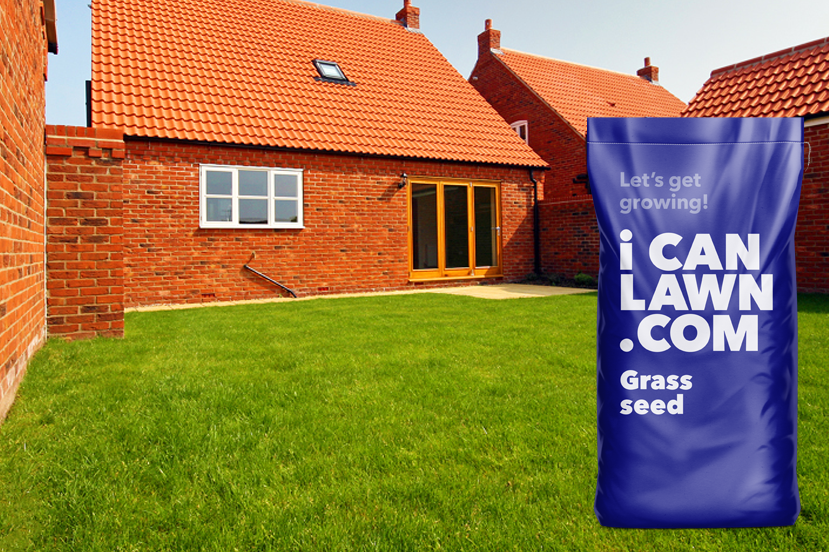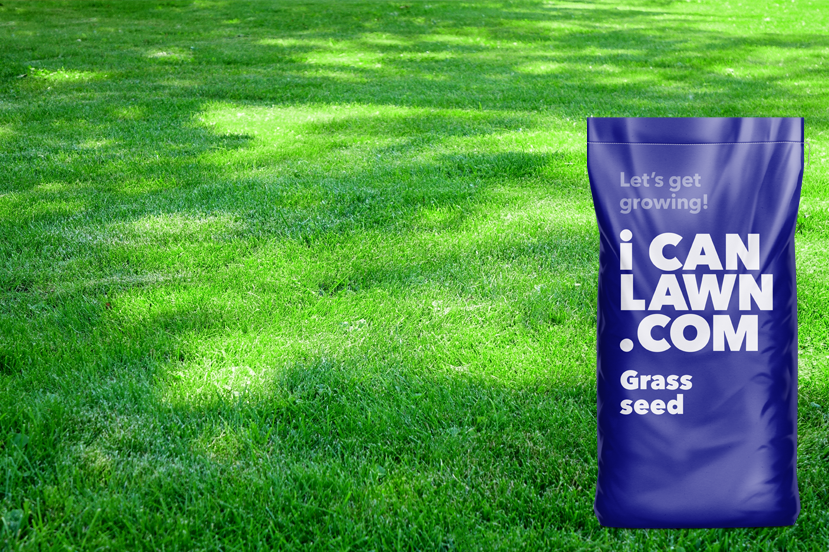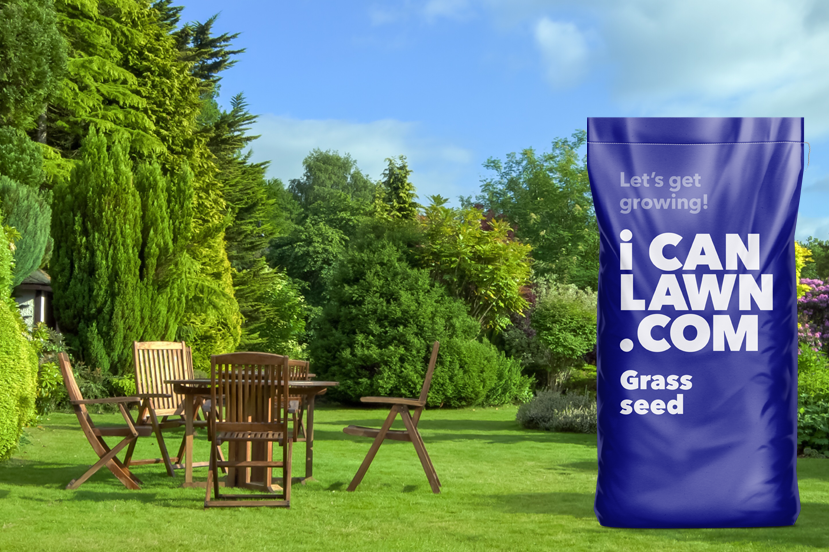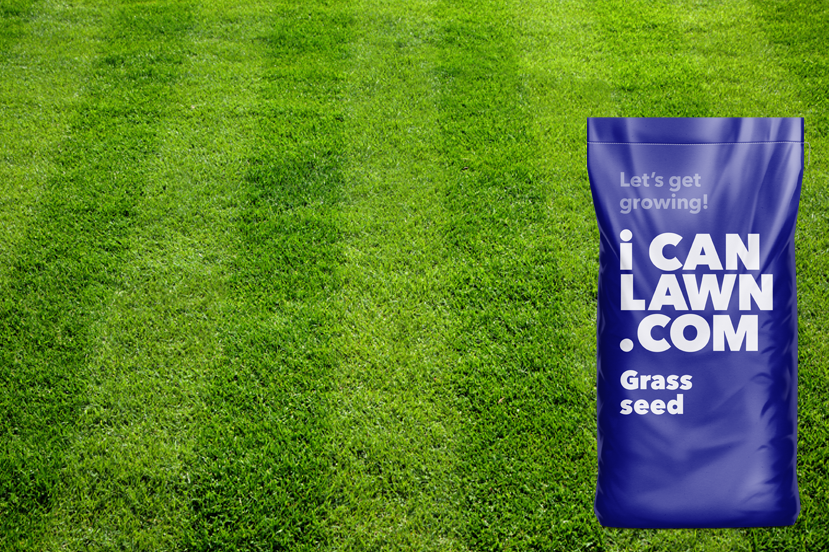How to edge a lawn
Creating a lawn edge is an easy way to instantly make your garden look tidier, with refined edges that add style! It not only neatens the look of your garden but is also a good way to reshape your lawn or prevent grass from creeping into your flower beds. So, join us as we go over how to edge a lawn and help you take your garden’s appearance to the next level!
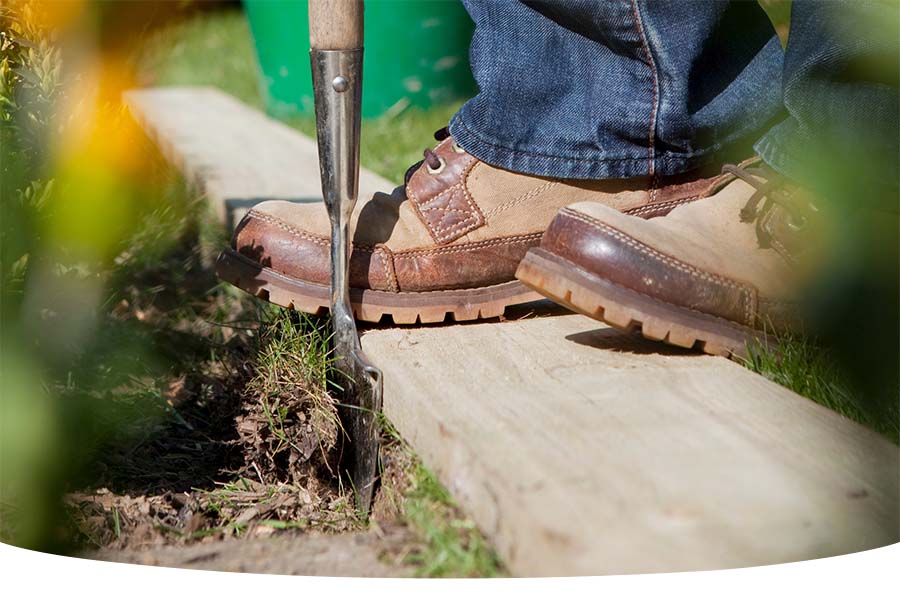
The process of edging a lawn begins with the desire to get more from your lawn by giving it a trim, straightening it up around the edges or adding an artistic flare to it. However you prefer to look at it, creating lawn edgings can be the final touches of a larger garden redesign project, a rewarding afternoon gardening session to change your lawn’s layout or a convenient way to create more planting space for wildflowers.
What do I need to create a lawn edging?
As with most garden lawn tasks, much of the success and satisfaction comes from preparation. That’s why the first tips in this guide are for the tools we recommend to make edging your lawn easier:
- String and pegs, sticks or bamboo canes are perfect to mark outlines when edging in straight lines.
- Use a garden hose, rope, or string when creating curved edging. This approach is ideal for curved lawn areas near flower beds and creative edging designs.
- A half-moon edger or flat-back spade is perfect for cutting the edging.
- Use a spade or shovel to lift away unwanted turf cuttings.
Quick tips for lawn edging
Before we get into the steps involved when lawn edging, we have provided a few quick tips below to ensure you get off to the best start:
- You can edge a lawn at any time of the year, but avoid working on your lawn when the ground is frozen or very wet.
- Lawn edging with long, broad and sweeping curves is easier to maintain than intricate curves and detailed, complex shapes.
- Adding wood or metal lawn edge borders after edge cutting helps retain the shape of your edging and is a nice way to finish the edging job.
- Your grass’s edge will look better when you finish if you take care when marking out and cutting your lawn edging.
Our step-by-step approach for how to edge a lawn
Step 1 – Decide on what look you want
Straight edging helps clearly define a border where your grass ends and the flowerbed begins, giving your lawn a formal look. On the other hand, curved edging is a great way to add natural flowing curves and shapes to long, rectangular shaped gardens. If you want some ideas, have a look at some of the garden lawn projects other gardeners have shared with us on our Instagram account.
Step 2 – Mark out the shape of your lawn edging
Tie a piece of string between two pegs to edge a straight line, or use a plank of wood. This is the perfect approach for marking when edging a straight area along the side of your lawn. If you’re marking a straight line on a longer part of your lawn, insert the peg or cane over the top of the string and push it into the ground. This way, the string will remain at ground level, and the line will be as straight as possible.
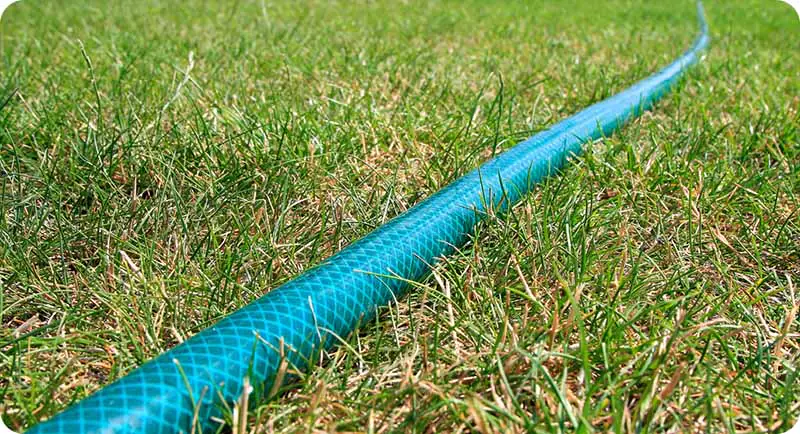
Using something flexible like a garden hose or rope makes marking out a curved area for edging easier. Hose or rope are less likely to move around than string, but you can use garden pegs if needed.
With it all marked out, double-check that all your markings are where you want them and that all the pegs are secure and won’t move around. Once you’re satisfied, it’s time to start edging your lawn.
Step 3 – Start cutting at one end of the line
Insert the curved blade end of a half-moon edging tool into the ground and apply pressure with your foot to push it in fully. If you’re using a flat-back spade, it can help to mark a depth of 7-8cm (around 3inches) on the blade’s surface using chalk, marker or tape – and use this as a guide for how far down to the spade when edging your lawn.
Step 4 – Then work along the line to edge your lawn
Take your time and work your way along the line, taking care to ensure your edging tool cuts slightly overlap to help maintain a continuous cut the whole way along your lawn.
Step 5 – Inspect the lawn edging and dispose of unwanted grass and soil
Once you’ve cut the entire length of your lawn edging, walk back and inspect the tidiness of the cut. Now is the ideal time to ensure you’ve cut the line clean, and it’s a good time to perfect any areas that have been edged unevenly.
After this, you can lift any unwanted grass and soil to either dispose of in your garden waste bin or add to your compost heap.
Lawn edging is like giving your grass a manicure!
Now you know the ins and outs of lawn edging and how this simple (and enjoyable) task can give your garden lawn a new look. We have included a few more helpful articles below to help you get more out of your garden, and you never know, maybe adding wildflowers to those nice new flower beds you’ve carved out will give your lawn the pop of colour you never knew you needed!




